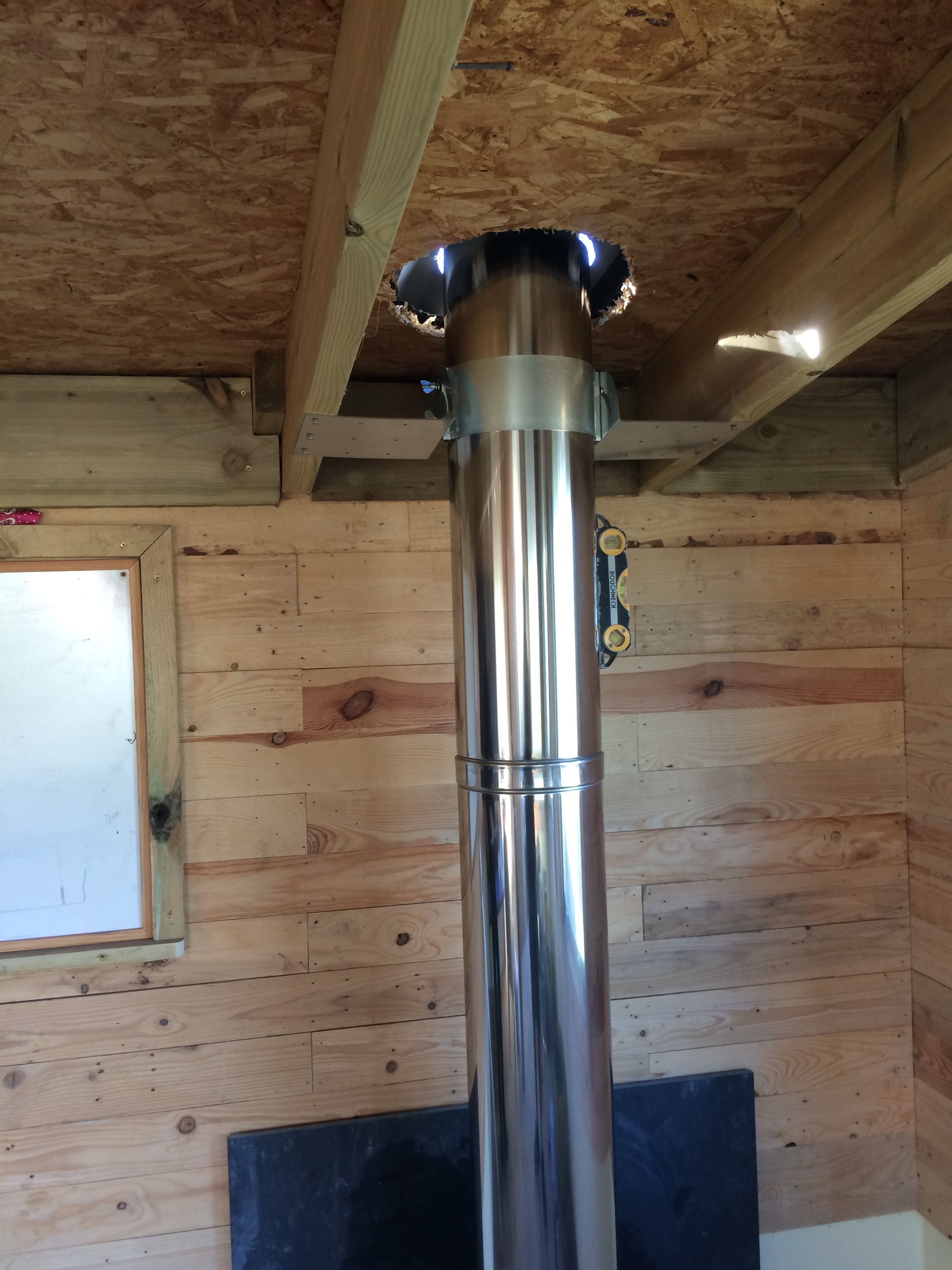Putting in a fresh stove is an stimulating move towards improving your kitchen adventures. If you're upgrading to a contemporary induction cooktop or updating an old gas cooker, correct setup is essential to guaranteeing both safety and effectiveness in your kitchen. With the right stove installation specialists, you can enjoy the perks of a professionally installed device that boosts your kitchen prowess and blends perfectly into your living area.
The definitive guide to installing stoves will provide homeowners with important knowledge into the different kinds of cooking appliances, required steps before setting up, and common pitfalls to avoid. From understanding gas versus electric options to identifying safety precautions, we will address everything you need to make sure a successful implementation procedure. It's time to upgrade your kitchen and enhance your kitchen expertise with the skills of professionals who are skilled at get the job done accurately.

Stove Types: Gas vs. Gas
When it comes to choosing a stove for your kitchen, the two primary options are electric. Gas stoves are favored by many chefs and cooking enthusiasts for their accurate temperature control and instant heat response. The open flame allows for multiple cooking techniques, such as searing and direct grilling, which can enhance the cooking experience. Additionally, gas ranges often come with the ability to change heat levels quickly, making it more convenient to achieve the desired results for different recipes.
On the other hand, electric cooktops offer ease and ease of use. They are generally easier to clean, as there are no grates or burners to remove. Electric options, especially induction stoves, provide effective heating and safety features like automatic shut-offs. Many homeowners appreciate that electric ranges do not require a connection to gas, making installation simpler in homes without existing gas infrastructure.
Ultimately, the choice between gas and electric stoves depends on personal cooking preferences and kitchen requirements. Homeowners should consider factors such as the types of dishes they usually prepare, their cooking style, and the presence of natural gas connections in their home. This choice can greatly impact the enjoyment of cooking and kitchen functionality.
Installation Preparation and Precautions
Preparing your kitchen for a stove installation involves many important steps to ensure the operation goes smoothly and securely. First, tidy up the area where the stove will be installed. Remove any items, such as cookware and other utensils, to provide sufficient space for the installation. It’s also important to examine the existing services, including gas connections for cooking appliances powered by gas and electric connections for appliances, to ensure they meet the necessary specifications.
Precautionary measures should be your main concern when installing a stove. If you are selecting a gas stove, look for any signs of gas issues before installation. Use soapy water to test joints in the gas line, and never ignore the scent of gas. For electric stoves, make sure to switch off the power at the main breaker before any work commences. Additionally, familiarize yourself with local laws and requirements to ensure compliance during the installation process.
Finally, do not underestimate the importance of hiring a professional for stove installation. While some homeowners may consider a DIY approach, stove installation requires specific knowledge and skills, particularly for gas connections and electrical work. A professional installer not only ensures the installation is done correctly but also lowers the risk of subsequent complications, such as gas leaks or electrical malfunctions. Prioritizing professional help can lead to a efficient cooking experience in your improved kitchen.
Maintenance and Problem Solving
Caring for your stove is essential for ensuring its durability and efficiency. Routine cleaning is important to stop food residue from building up, which can impact performance and create safety risks. For gas stoves, regularly check for any indications of wear and tear on burner grates and ignition systems. Electric stoves require the heating elements to be checked for damage and replaced if necessary. Keeping your stove clean not only improves its appearance but also helps with optimal functioning.
In addition to routine maintenance, addressing issues as they arise is essential. If you face problems like a gas stove not igniting or an electric one not heating, always begin with checking the fundamentals, such as power sources and connections. For gas stoves, ensure the gas supply is turned on, and for electric stoves, verify that the outlet is functioning properly. https://zenwriting.net/brandviolin3/the-importance-of-cooktop-setup-professionals-in-household-safety with frequent issues and their fixes can save you time and hassle rather than having to wait for a professional to arrive.
Lastly, understanding when to call a professional is crucial. If you've attempted basic troubleshooting and the issue persists, or if you think there might be a gas leak, immediate professional assistance is necessary. They have the knowledge to diagnose complex problems, ensuring that your stove operates safely and efficiently. Regular maintenance checks by a qualified technician can also help prevent larger issues down the line, keeping your cooking experience smooth and pleasant.
